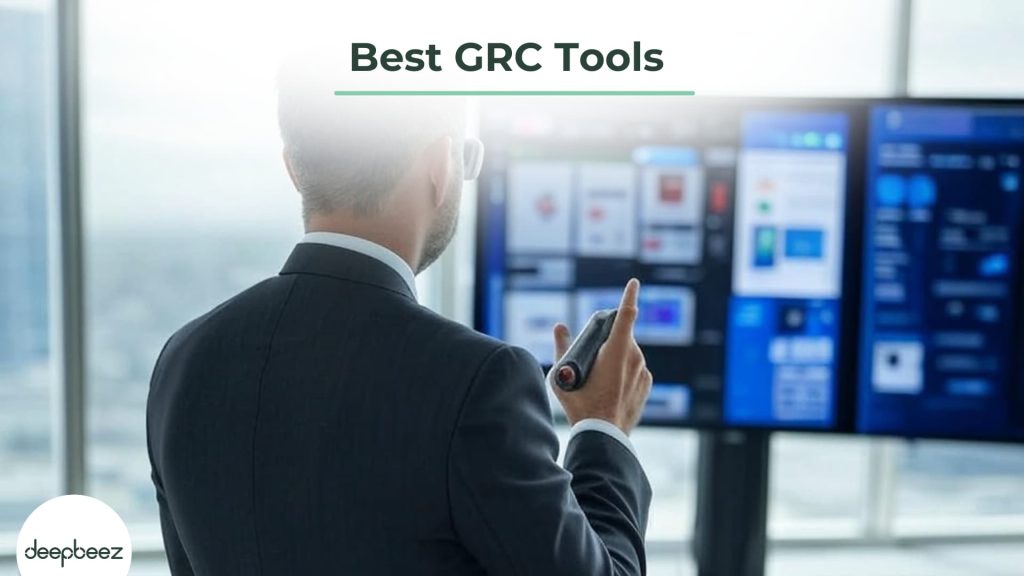Have you ever wondered how successful businesses manage to stay compliant with countless regulations while effectively handling risks? The secret lies in a powerful approach called GRC. The best GRC tools are Deepbeez, Blink, MetricStream, Auditboard, LogicGate, Service Now and Archer.
GRC stands for Governance, Risk and Compliance – three crucial pillars that support every successful organization. Think of GRC as your business’s immune system, protecting it from threats while ensuring it follows the rules.
A solid GRC strategy helps your organization make better decisions, manage risks effectively, and stay compliant with regulations. Without it, your business becomes vulnerable to legal issues, security breaches, and financial damages. Wouldn’t you prefer to prevent problems rather than fix them later?
